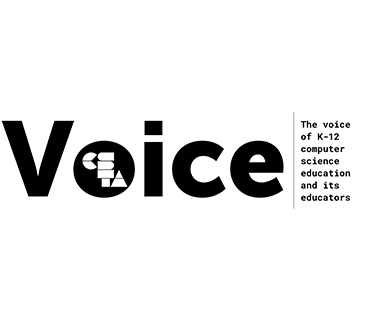The traditional, and widely-accepted, model of group work in the classroom encourages teachers to group students in teams of three to five, and to assign a role to each student.
Full Story
The traditional, and widely-accepted, model of group work in the classroom encourages teachers to group students in teams of three to five, and to assign a role to each student. The reality is that, without fail, there’s always one student who ends up shouldering much of the work and there’s always at least one student who does very little. The former is viewed as an overachiever, and the latter a slacker, when in reality, the constant ineffectiveness of the model is a flaw of the model itself, and not necessarily its participants.
True collaboration is an incredibly valuable skill, and when we give students the opportunity to practice it, we give them the tools to do meaningful work right now. Isn’t it time that the way we teach group work mirrors how students will be expected to collaborate within the workplace?
Agile is a way of doing work that values flexibility, efficiency, and responding to change. It is used in software development and start-ups all over the world to help teams collaborate effectively in order to deliver the best product possible in the shortest amount of time.
In Scrum, students begin by creating a product backlog, where they break down their long-term project into smaller deliverable products that could be considered complete on their own. From there, students prioritize these products and build their first sprint by breaking down the highest priority items into actionable tasks that comprise their sprint backlog. From there, students get to work.
During a sprint (typically lasting from three to five class periods), students tackle the actionable tasks in their sprint backlog. Each student selects one task at a time and pursues completion of that task with laser focus until it is done. Upon completion, they move the task to Review, where it will be signed off by another team member before being deemed “Done.” The student then chooses another task, and the process continues throughout the course of the sprint.
There are many reasons to use Scrum or another Agile methodology in your classroom. Here are my top five reasons.
Agile is real-world. Both the CSTA standards and current research support the addition of authentic, large scale projects that allow students to develop computational artifacts for society. When we teach students agile, we allow them to experience industry-specific processes, preparing them to seamlessly transition into the workplace.
Students have authentic buy-in to the work they are doing. In Scrum, members of the development team (in this case, our students) have a say in which tasks they own, instead of the teacher assigning static roles. They have the flexibility to try out different tasks, and because they have a voice in what they’re doing, the team manages itself.
The Scrum framework makes project management a breeze. With the use of a Scrum board, students create a visual artifact to manage their tasks. This serves many purposes; it helps the team to manage their work, of course, but it also aids in classroom management and assessment. If a student is off task, a quick glance at their board gives insight into what they’re supposed to be working on. If a group is falling behind, it’s easy to pull a small group meeting to troubleshoot. For assessment, the Scrum board provides a record of exactly what each student contributed to the final product, allowing assessment of their individual work instead of just giving every student the same grade.
With multiple feedback loops, students learn that continuous improvement is the gold standard. I constantly hear “I’m done” from my students. I like to remind them that in software, we’re never truly “done.” After all, if Apple decided they were “done” with the first iPhone, we would have missed out on a lot! Because Scrum operates in sprints in which students are constantly producing deliverable products, they are challenged to continually reflect on both their process and product. Through Daily Scrum Meetings and Sprint Reviews and Retrospectives, reflection plays a key role in meeting the client’s needs while fine-tuning the process to yield higher efficiency.
Skills learned through Scrum are transferrable. By this point, we’ve all conceded that not every student in our classroom will become a software engineer. Regardless, all students benefit from learning how to prioritize that which is most important and to work intently on only one thing until it is completed. Learning how to prioritize and developing laser focus are skills that will serve our students well no matter what career path they choose. And, you’re sure to change the way they look at group projects forever.
In the Group Work that Works: Agile for Authentic Learning session, participants will dive deeper into the Scrum framework and work through a hands-on simulation that I use to introduce the methodology to my classes. I hope you’ll join me on Monday, July 8, at 9 a.m. to learn how agile can empower your students to do work that matters now.
Additional Resources
About the Author
Jennifer Manly teaches computing, automation, and robotics in the STEM magnet program at Old Mill Middle School in Millersville, Maryland. She will present at CSTA 2019, on Monday, July 8, in the session Group Work that Works: Agile for Authentic Learning. Prior to beginning her career as an educator, she facilitated employee orientations and leadership programming for college students. She is a Project Lead the Way App Creators Master Teacher and a Certified ScrumMaster.

